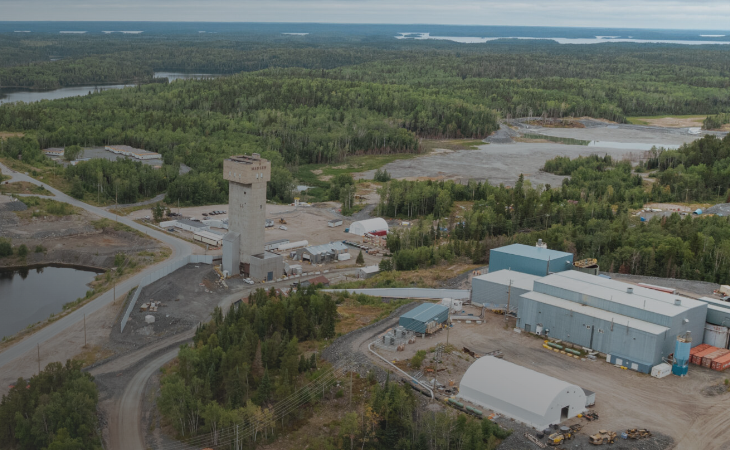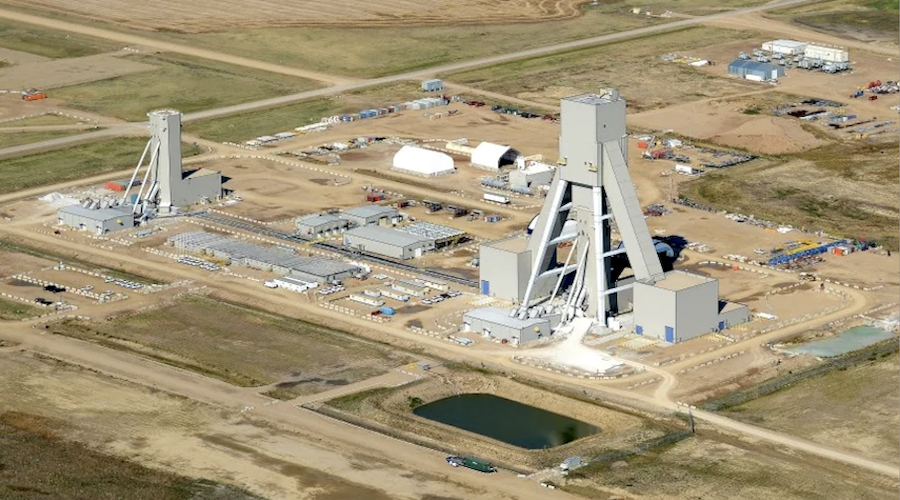Ontario’s first Mining Act was passed in 1869 with a significant revision in 1906. Since that time the Act has continuously evolved alongside technological and environmental changes and political and public demands.
So let’s start with some of the good news. There is a new on-line Mining Act Awareness Program that sooner or later every current and new explorer will have to take. A non-issue!
First Nations communities are now able to withdraw sites of Aboriginal significance so mining claims cannot be staked. This is a terrific idea eliminating potential conflict.
MNDM will also be conducting 44 workshops in strategically located in Aboriginal communities to help educate communities about the mineral sector.
Individuals or companies can now rehabilitate existing mine hazards they did not create and not be liable for pre-existing environmental issues.
Plans are also in the works to provide funding for Aboriginal Mineral Technical Officers who will be located in First Nations communities to deal with plans and permit applications. However, they have not decided on the number, and due to resource constraints, I fear too few will be hired.
Now let’s get to the bad and very, very ugly issues.
You will now be expected to fill out exploration plans and exploration permits that will highlight your activities over the next two and three years respectively. These plans and permits will be vetted by First Nations, surface rights owners and the general public.
In a perfect world, if no problems arise, it will take 30 or 50 days to get approval for these plans and permits. If there are problems, be prepared for significant and costly delays. And what is to prevent environmental groups from using this process to needlessly delay exploration activities that have very low impact on the environment?
In addition, the timeframe of these documents do not reflect the usual operating procedures of explorationists. Who knows where they will be drilling in two or three years? So any changes to these plans must go through the same 30 or 50 day process.
Expect a lot of additional paperwork and potential holdups for activities that have very little impact on the environment even if you have engaged with First Nations communities at an early stage.
Many small junior companies have only three to five employees and subcontract much of the field work to contractors and consultants.
Demanding investors, flow-through share funding time limits, spectacular or terrible drill results all require agility and rapid decision making to exploit opportunities as they occur.
Many small juniors and First Nations communities presently don’t have the capacity or the financial ability to handle the enormous increase in regulations and red tape.
Furthermore, this is an enormously risky time to implement these changes. Global financial instability has caused enormous volatility on stock markets putting downward pressure on stock values. This has been a brutal year to try to raise funds for juniors and many fear these changes will cause a significant migration to other provinces or international jurisdictions.
Now let’s touch upon the real elephant in the room that these changes do not address.
That issue is the additional payments to First Nations communities that are used purely as an “access or permission fee” for explorers to work on their claims. These fees are roughly averaging two or three per cent of exploration budgets. Many in the First Nations communities feel this is an acceptable form of “taxation” due to disruptions on their traditional territories or a way of establishing self-sufficiency.
This is a highly contentious issue throughout the exploration sector ranging from hardliners to the more pragmatic that have factored in these fees as an additional cost of doing business. However, everyone is concerned about the increasing escalation of these financial demands and if they become too high, some juniors may have no choice but to leave the province.
MNDM does not condone these fees yet is doing nothing about them.
So where do we go from here?
A vital first start is to find some consensus among ourselves that these additional payments have now become a cost of doing business. Unfortunately, the barn door is now open and you are not going to get those horses back in.
Industry and government reps should then meet with the First Nations leadership from the various tribal councils, NAN, Union of Ontario Indians and Grand Council of Treaty 3 to hammer out a consistent and transparent fee schedule.
Then ensure that government ministries will treat these “fees” as expenses that can be tax deductible.
A second valuable initiative is for MNDM to fund Aboriginal Mineral Technical Officers in most of the First Nations communities throughout northern Ontario. Some of these individuals should be able to be responsible for two or three reserves that may be very small or not in a currently active exploration area.
Train these individuals on how to efficiently deal with the plans and permits. In addition, they should also be responsible for educating their respective communities about the exploration and mining sectors.
And finally, since this knowledge/capacity does not currently exist in most First Nations communities, we must delay the mandatory requirements start up on April 1, 2013, for an addition six months or a year. During that time period, we could implement these initiatives and work out any potential bottlenecks or problems with the least amount of disruption.
The exploration industry was worth slightly over one billion dollars in 2011 and is the critical starting point for Ontario’s $11 billion mining sector.
It’s worth delaying the “mandatory” requirement of the new Mining Act regulations to get this right, especially during a cyclical downturn in the industry!
No one ever said this business was an easy one. There is enormous risk, but enormous gain as well.
However take heart, even though the entire global mining industry is slowing down, the commodity super cycle is still with us. Over the next few decades, as billions of people in China, India and the rest of the developing world become middle class consumers, the demand for metals will only continue to grow. Northern Ontario – including First Nations communities with economic challenges – can be the beneficiaries of this enormous global transformation, with the high-paying jobs that come from new mines.
But we need to meet, talk and come to a consensus that will benefit both Aboriginal and non-Aboriginal communities.
The wealth is definitely there but we need to allow the prospectors and junior explorers access to the land to find these future mines that will eventually provide long-term, well-pay jobs to many Aboriginal communities.
*Stan Sudol is a Toronto-based communications consultant, speechwriter and columnist who blogs at www.republicofmining.com. These remarks are from a speech given at the Ontario Prospectors Association: 2012 Ontario Exploration & Geoscience Symposium in Sudbury Ontario, Nov. 6, 2012.





Comments
John Gammon
Excellent summary!! Stan has come up with some pragmatic suggestions to make the system work that is fair to all players, the industry, First Nations and the Government!